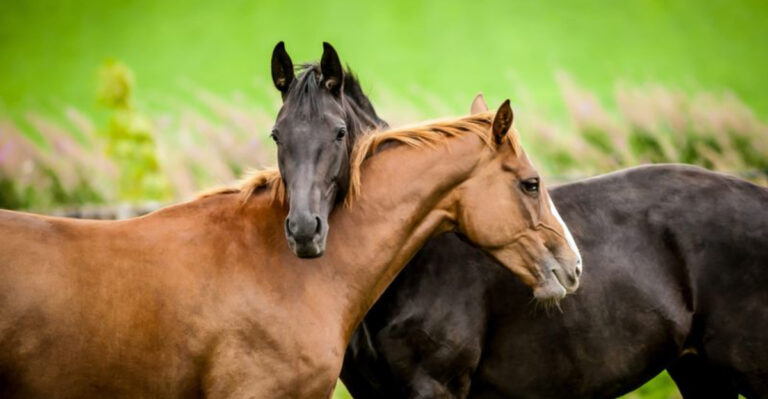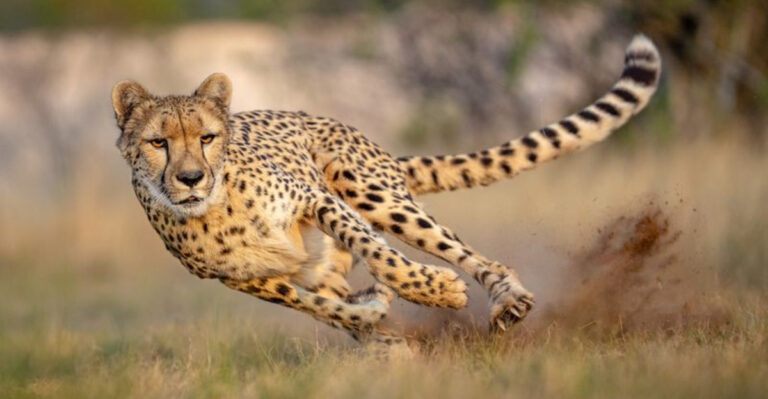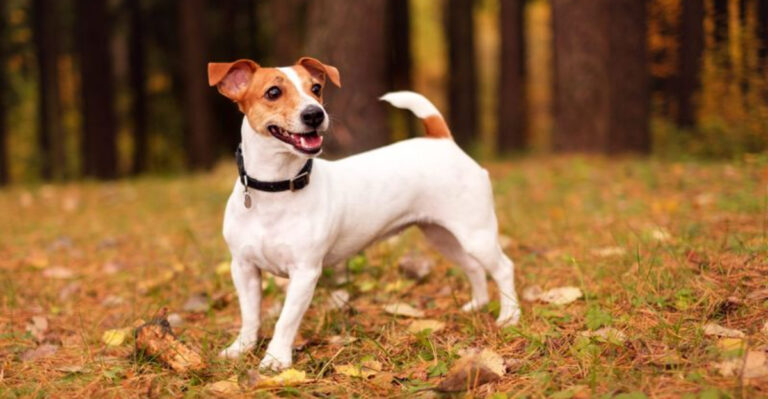15 Dangerous Moves To Avoid If You Spot A Moose
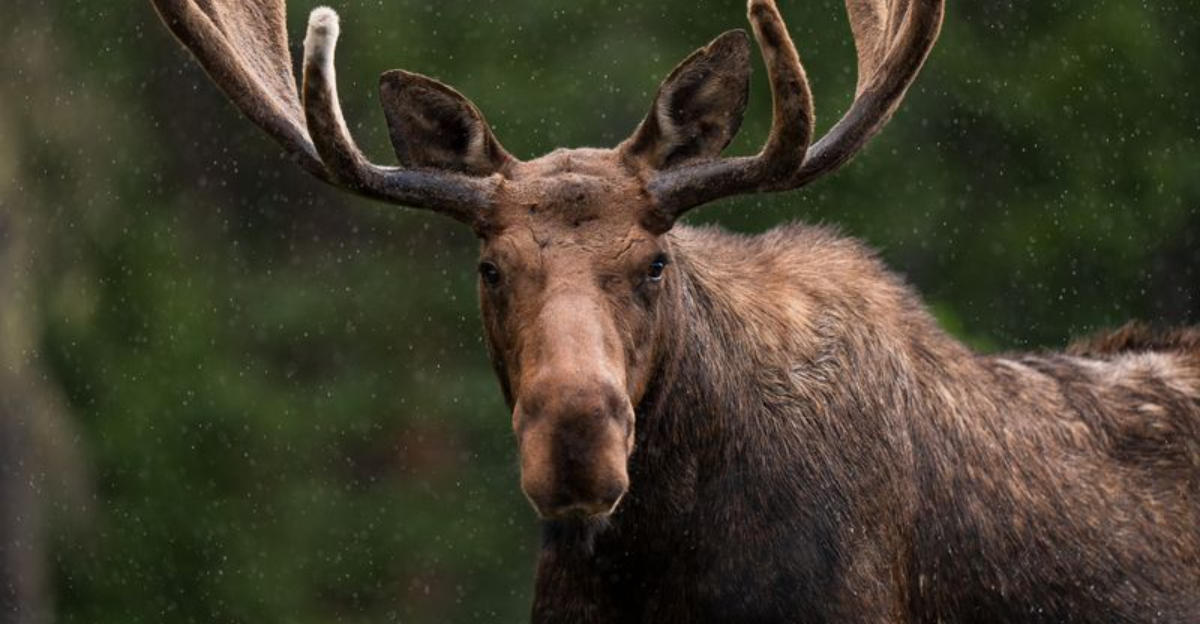
Standing over six feet tall and weighing up to 1,500 pounds, moose are magnificent but potentially dangerous wilderness neighbors. Despite their seemingly calm demeanor, these massive mammals can charge at 35 mph when threatened, making a moose encounter a serious situation.
Knowing how to react – and what actions to avoid – could save your life if you cross paths with these forest giants.
1. Running Away At Full Speed
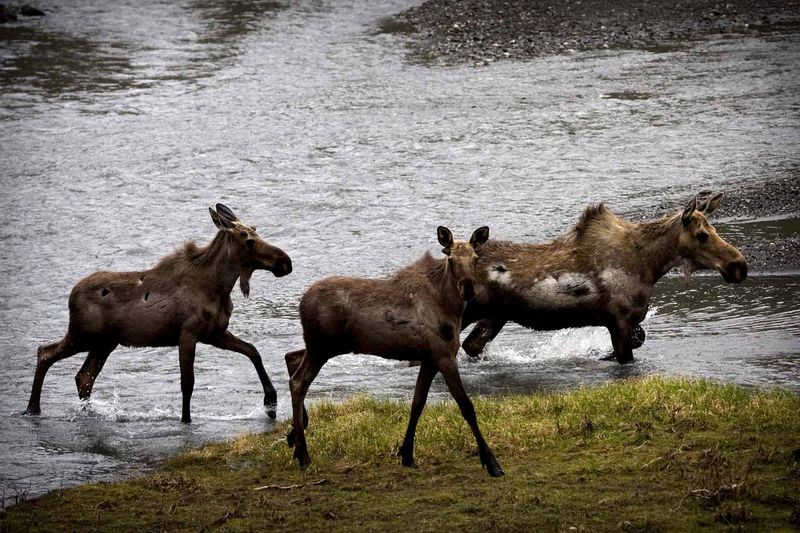
Those long legs aren’t just for show. Moose can outrun Olympic sprinters, reaching speeds of 35 mph in seconds. Your hasty retreat might trigger their chase instinct.
Instead, back away slowly while facing the animal. This measured approach signals you’re not a threat or prey, giving the moose less reason to pursue you.
2. Getting Between A Mother And Her Calf
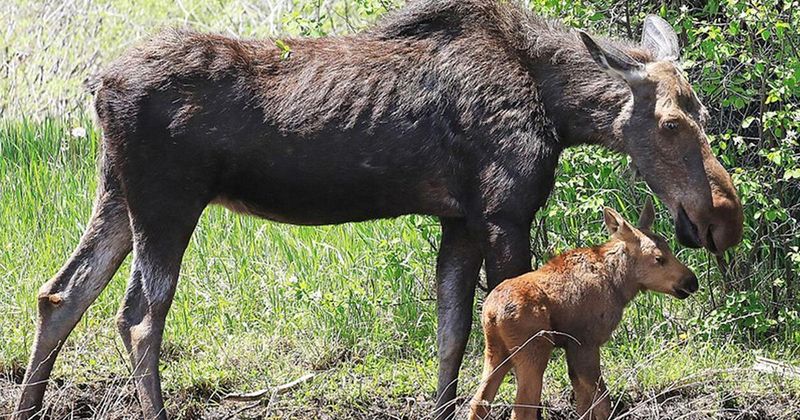
Mama moose win the award for most protective parents in the forest. They’ll charge without hesitation if they perceive any threat to their young.
The safest strategy? Create a wide berth around any moose family. Cow moose with calves account for more attacks than any other scenario in the wild.
3. Approaching For A Selfie

That Instagram photo isn’t worth a hospital visit. Wildlife officials report increasing incidents of tourists approaching moose for close-up photos.
Stay at least 50 yards away – about half a football field. Use your zoom lens instead of your legs to get that perfect shot while keeping your bones intact.
4. Making Loud Noises Or Sudden Movements
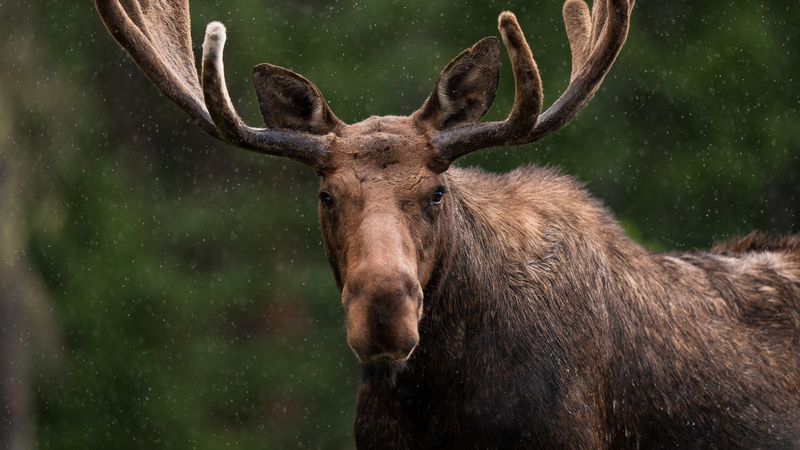
Startling a moose is like poking a sleeping bear – never a smart move. Sudden loud noises or quick movements can trigger their fight-or-flight response.
Move predictably and speak in low, calm tones if you must communicate. Think of yourself as a guest in their living room – be polite and don’t make a scene.
5. Trying To Feed A Wild Moose

Offering snacks seems friendly but creates dangerous expectations. Hand-fed moose lose their natural wariness and may become aggressive when future humans don’t provide treats.
Wild animals should find their own food – about 50 pounds daily for an adult moose. Your apple isn’t worth the risk of those powerful hooves coming down on you.
6. Bringing Your Dog Along
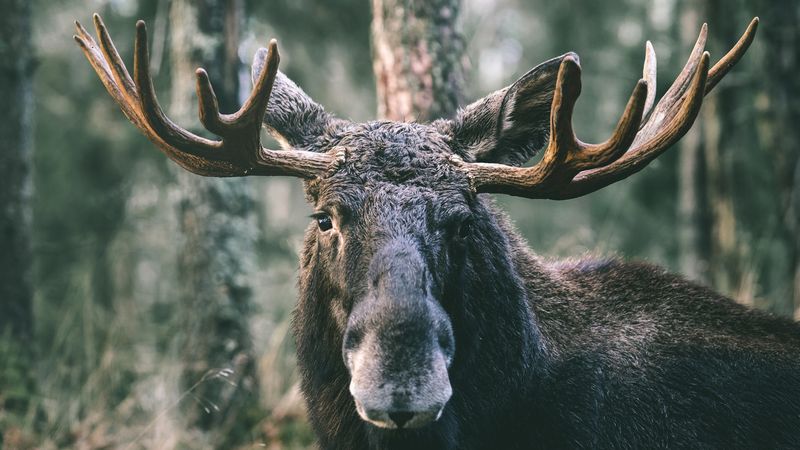
Fido might be your best friend, but to a moose, dogs look suspiciously like wolves – their natural predators. Even leashed pets can trigger defensive aggression.
If hiking with dogs in moose country, keep them close and consider turning around if you spot a moose. Your furry companion’s safety depends on your good judgment.
7. Blocking Their Escape Route
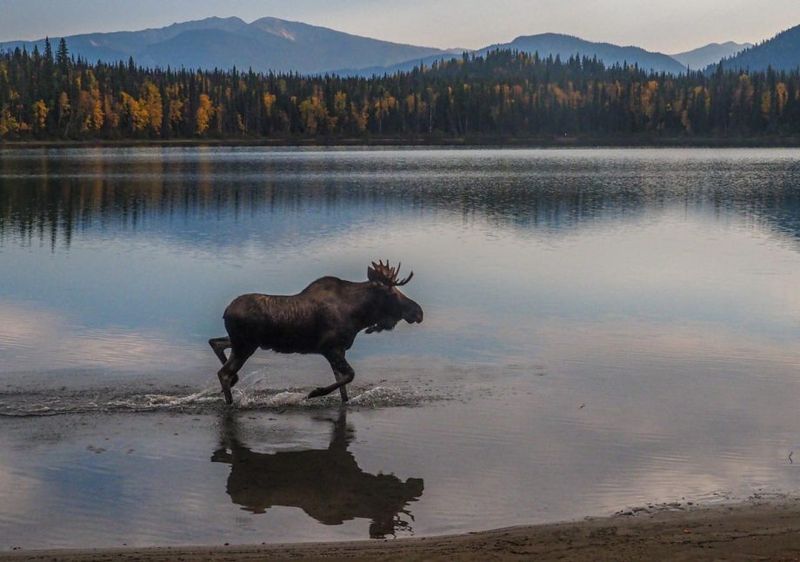
Cornered animals fight hardest. Positioning yourself between a moose and its perceived safe zone creates a dangerous situation where charging becomes their only option.
Always give moose a clear path to retreat. Stand sideways to appear less threatening and make yourself smaller rather than blocking their way forward.
8. Ignoring Warning Signs Of Aggression

Moose aren’t subtle about their feelings. Laid-back ears, raised hackles, and stomping hooves are their version of flashing warning lights.
Learn to read moose body language before venturing into their territory. When they stop eating and stare directly at you, they’re not admiring your hiking boots – they’re deciding if you’re a threat.
9. Wearing Bright Colors During Rutting Season

Fall fashion choices matter in moose country. During mating season (September-October), bull moose see red – literally – and other bright colors as challenges from rival males.
Stick to earth tones when hiking during rut season. Those fluorescent hiking clothes might look great on trails but can turn you into an unwitting challenger in a moose’s eyes.
10. Climbing A Tree To Escape
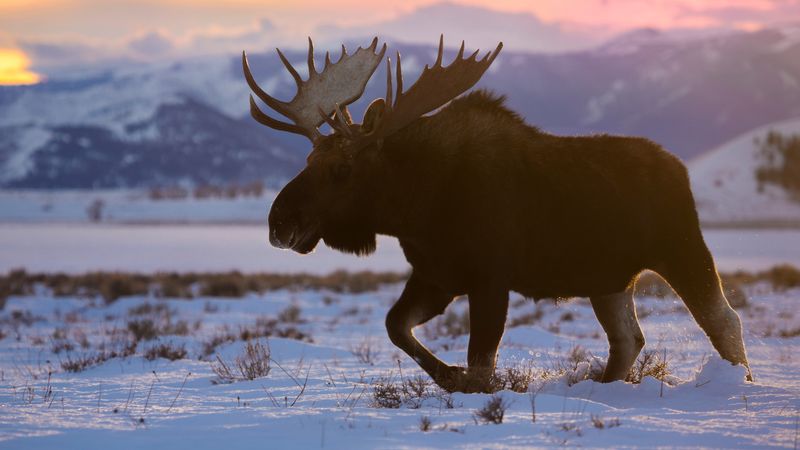
Tree climbing isn’t the safety strategy you might think. Moose can’t climb trees, but they can circle below for hours, and most people can’t shinny up fast enough anyway.
Better options include putting solid objects between you and the moose. Cars, large rocks, or trees work well as barriers while you make a careful retreat.
11. Staring Directly Into Their Eyes

Direct eye contact reads as aggression in the animal kingdom. Locking eyes with a moose can be interpreted as a challenge, especially with territorial bulls.
Keep the moose in your peripheral vision instead. This allows you to monitor their movements without sending confrontational signals that might provoke an attack.
12. Standing Your Ground When Charged

Bravery has its place, but not when facing 1,500 pounds of charging moose. Unlike with some predators, standing firm won’t intimidate these giants.
If a moose charges, run! Find something solid to put between you and those dangerous hooves. Cars, buildings, or large trees make excellent emergency barriers when retreat is your only option.
13. Approaching During Winter Stress Periods

Winter pushes moose to their limits. Deep snow makes movement exhausting, food is scarce, and their energy reserves run low by February-March.
Give extra distance during winter months. A moose conserving precious calories might normally flee, but when depleted, they’re more likely to stand their ground and fight rather than waste energy running.
14. Pretending To Be Lifeless During An Attack
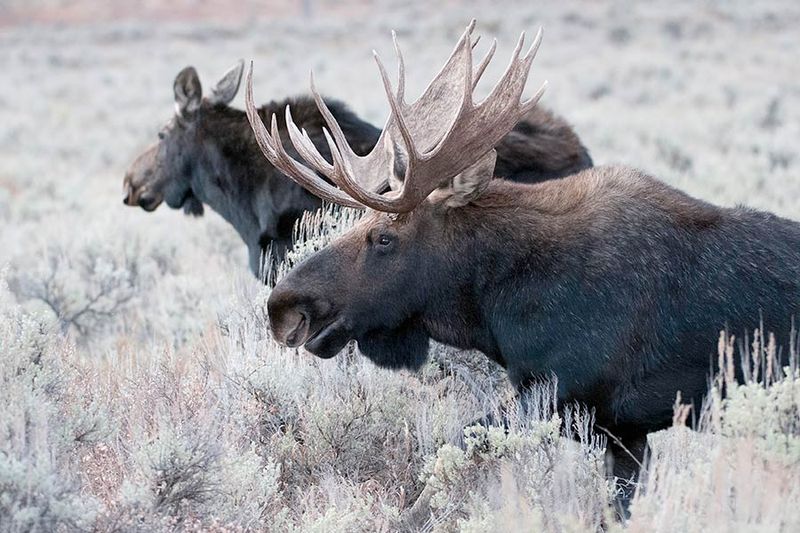
Playing possum works with some predators but fails miserably with moose. Unlike bears, moose don’t lose interest in motionless targets – they may continue stomping and kicking.
If knocked down, curl into a ball protecting your head and vital organs. Keep moving away when possible, as moose typically attack in bluff charges rather than sustained assaults.
15. Assuming Roadside Moose Are Accustomed To People
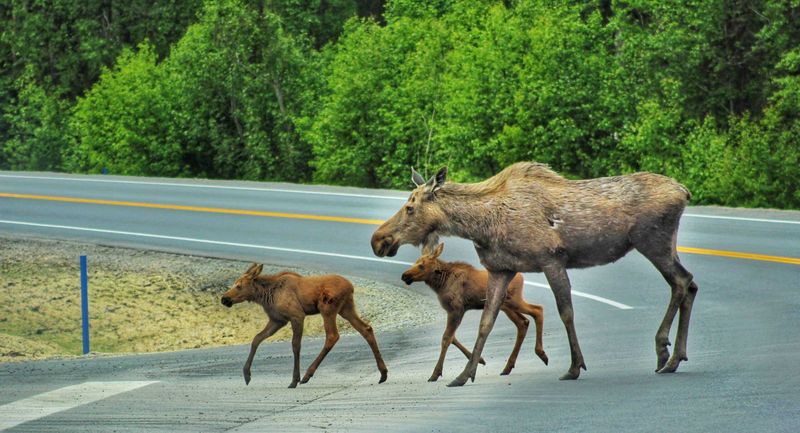
Roadside moose might seem relaxed around vehicles, but don’t mistake their presence for tameness. They’re still wild animals with unpredictable reactions to people on foot.
Stay in your vehicle when viewing roadside wildlife. That car door provides important protection, and stepping outside for a better look is a gamble with poor odds.


